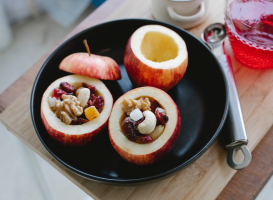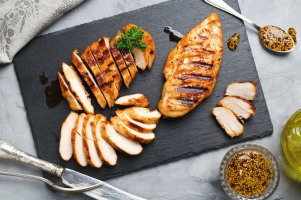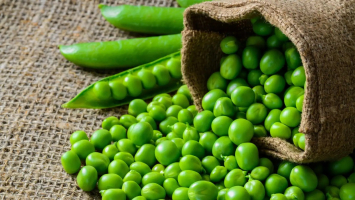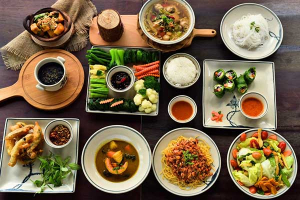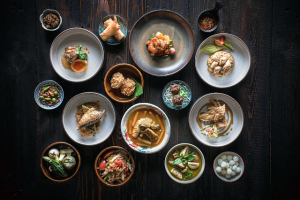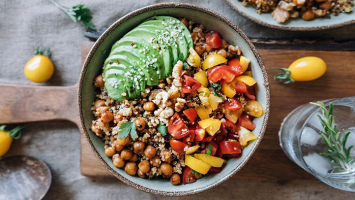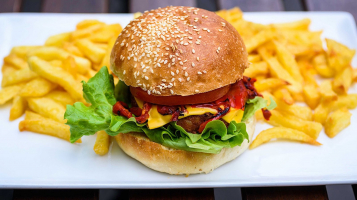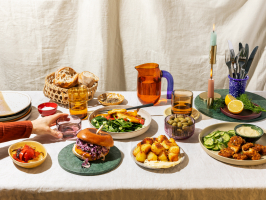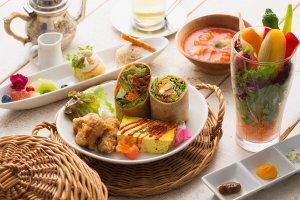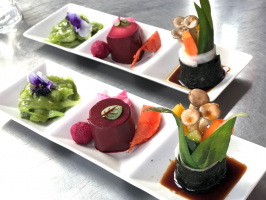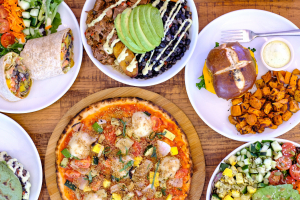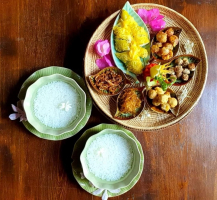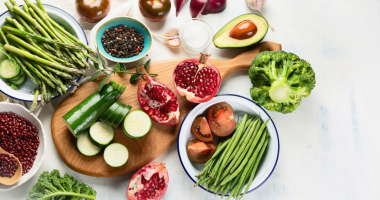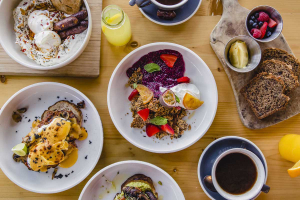Top 9 Best Vegan Protein Powders
If you're following a vegan diet, there are many vegan-friendly protein powders on the market to meet your protein needs. Pea, hemp, pumpkin seed, brown rice, ... read more...soy, chia, and flax are among the plant-based protein sources used in these powders. Below are some of the Best Vegan Protein Powders and their nutritional highlights!
-
Pea protein powder is made from yellow split peas, which are richer in protein than sweet green peas. Depending on the brand, a quarter-cup (28-gram) serving of unflavored pea protein powder has roughly 21 grams of protein and 100 calories.
It's low in the important amino acid methionine, like other legumes. Pea protein, on the other hand, is particularly high in the essential branched-chain amino acids (BCAAs) leucine, isoleucine, and valine, which help fuel working muscles and increase muscle protein synthesis. 161 young men ate 25 grams of pea protein powder twice a day, even right after weight training, in one 12-week research. The bicep muscle thickness of the weakest participants increased by 20%, compared to just 8% in the placebo group. Furthermore, the muscle increases obtained with pea protein were similar to those obtained with whey (milk) protein. Pea protein may also promote feelings of fullness and reduce blood pressure, according to animal and human research.
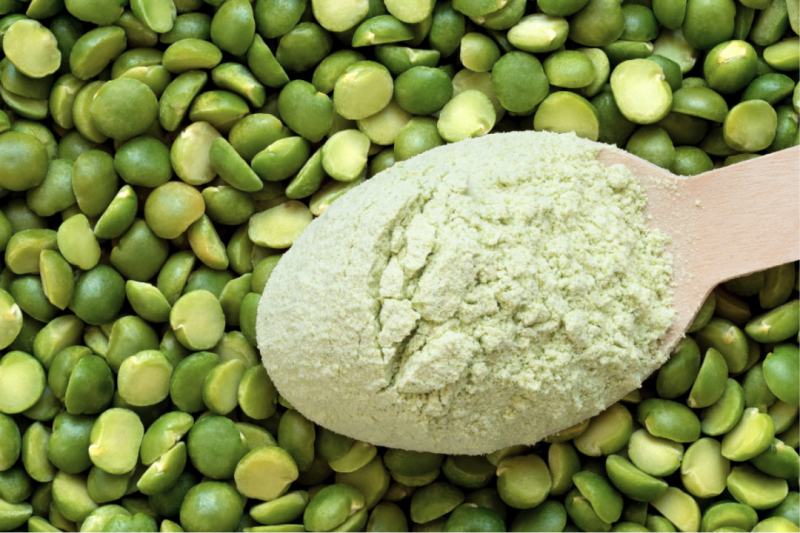
Pea Protein 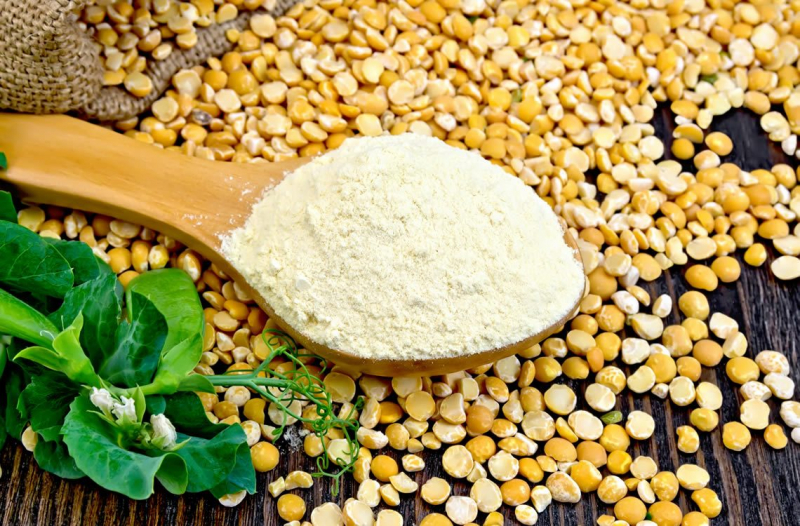
Pea Protein -
Hemp protein is made from cannabis plant seeds, but only from a variety that has been bred to contain trace amounts of the euphoric compound tetrahydrocannabinol (THC). This means it won't get you high the way marijuana can.
Depending on the brand, a quarter-cup (28-gram) serving of unflavored hemp protein powder has roughly 12 grams of protein and 108 calories. It's also high in fiber, iron, zinc, magnesium, and alpha-linolenic acid (ALA), a kind of omega-3 oil found in many plants. Hemp is not a complete protein because it lacks the necessary amino acid lysine. However, if you eat legumes like quinoa on a regular basis, you can make up for the difference. Hemp seed protein may be a beneficial source of blood-pressure-lowering compounds, according to a test-tube study.
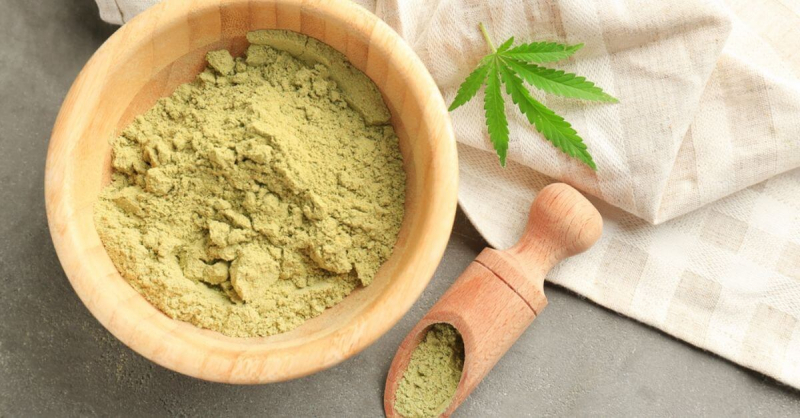
Hemp Protein 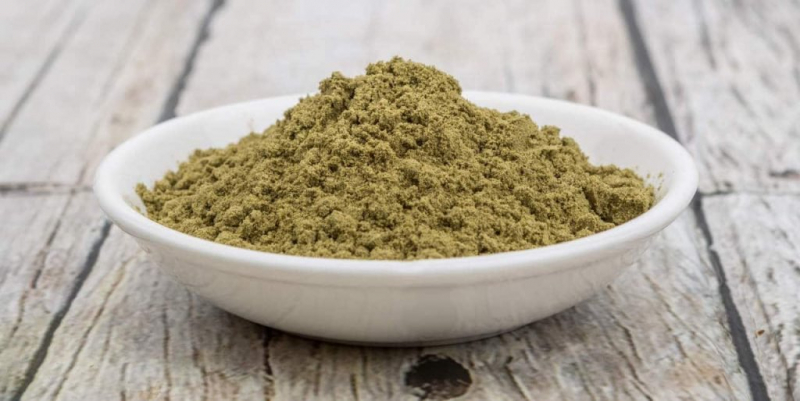
Hemp Protein -
Pumpkin seeds are high in protein and healthful fat in their whole form. When made into powder, most of the fat is eliminated, lowering the calorie count.
Depending on the brand, a quarter-cup (28-gram) serving of unflavored pumpkin seed protein powder has roughly 103 calories and 18 grams of protein. It is not a complete protein because it lacks the necessary amino acids threonine and lysine. However, pumpkin seed protein is high in magnesium, zinc, iron, and other minerals, as well as other plant compounds, making it a highly nutritious food. Although there has not been much research on pumpkin seed protein's health benefits, there is evidence that it may have antioxidant and anti-inflammatory properties. In comparison to rats given casein (milk) protein, certain markers of liver health improved when rats with liver disease were given pumpkin seed protein as part of a regular diet. Furthermore, as compared to the casein group, the rats eating pumpkin seed protein had a 22% drop in "bad" LDL cholesterol and a 48% increase in antioxidant activity in their blood.
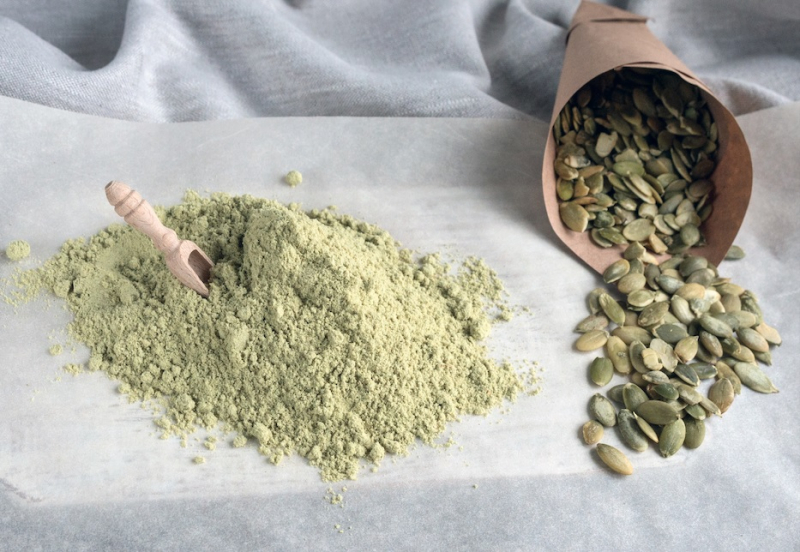
Pumpkin Seed Protein 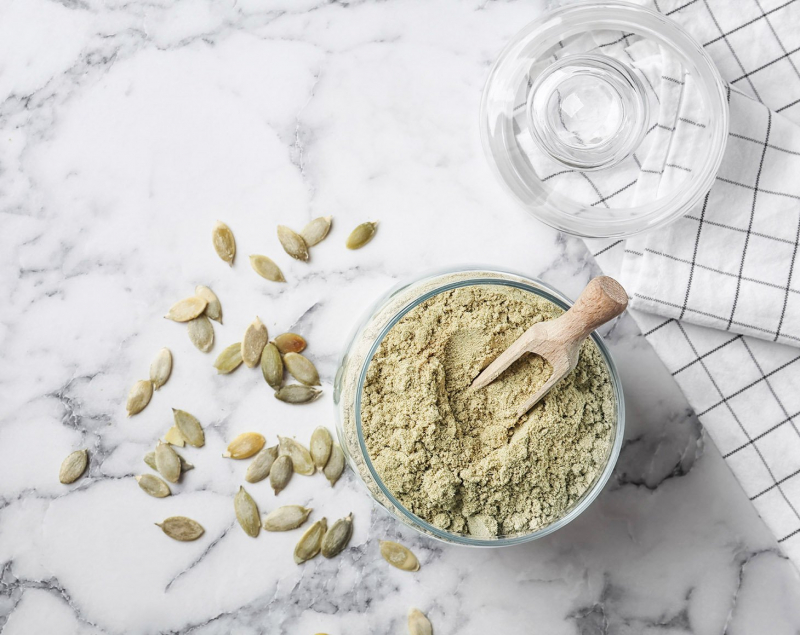
Pumpkin Seed Protein -
Brown rice protein powder is widely available and reasonably priced. Depending on the brand, a quarter-cup (28-gram) serving of unflavored brown rice protein powder has around 107 calories and 22 grams of protein. It's low in the essential amino acid lysine but high in BCAAs, which help in muscle growth.
A pilot study suggests that when consumed after weight training, brown rice protein powder may be as effective as whey protein in boosting muscle growth. Young men who ate 48 grams or 1.6 ounces of rice protein powder immediately after weight training three days a week had a 12% increase in bicep muscle thickness, the same as men who ate the same amount of whey protein powder, according to one eight-week research. One thing that is worth noting is rice products can be contaminated with heavy metal arsenic, so choose a rice protein powder that has been tested for arsenic levels.
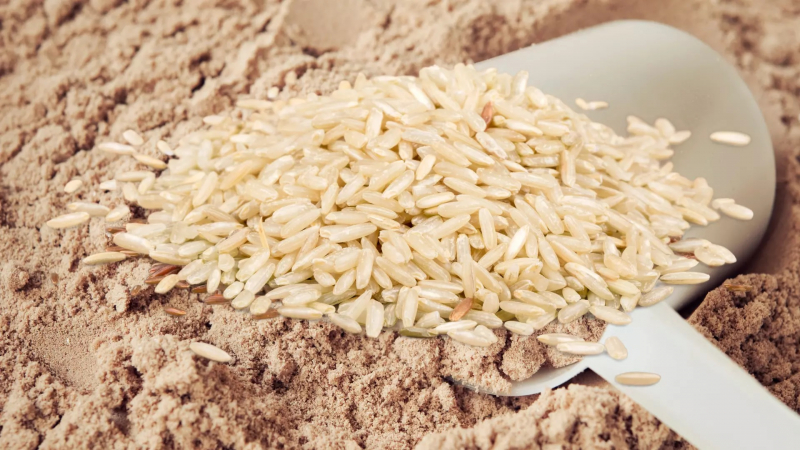
Brown Rice Protein 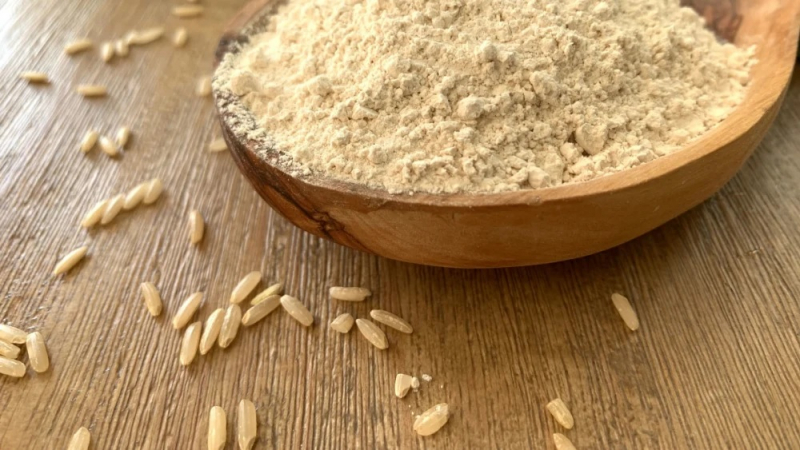
Brown Rice Protein -
Soy protein powder is a complete protein. It also contains a lot of BCAAs, which help with muscular strength and growth. Depending on the brand, a quarter-cup (28-gram) serving of soy protein isolate powder has around 95 calories and 22 grams of protein. It also includes beneficial plant compounds, some of which may help decrease cholesterol.
Soy protein has lost favor in recent years because most soy grown in the United States is genetically modified (GM). However, there are a few non-GM soy protein powder products available. Other reasons for the lack of popularity of soy protein include soy allergies and concerns about potential negative health effects, such as breast cancer risk. However, according to a new study, soy protein isolate includes plant components that have anticancer properties, including against breast cancer. Some previous concerns about soy safety were based on animal study results that did not exactly apply to people, according to this review.
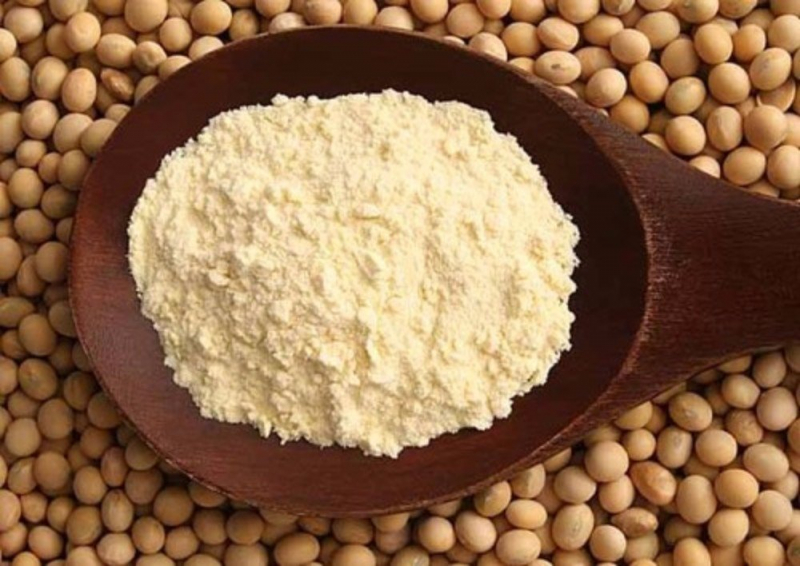
Soy Protein 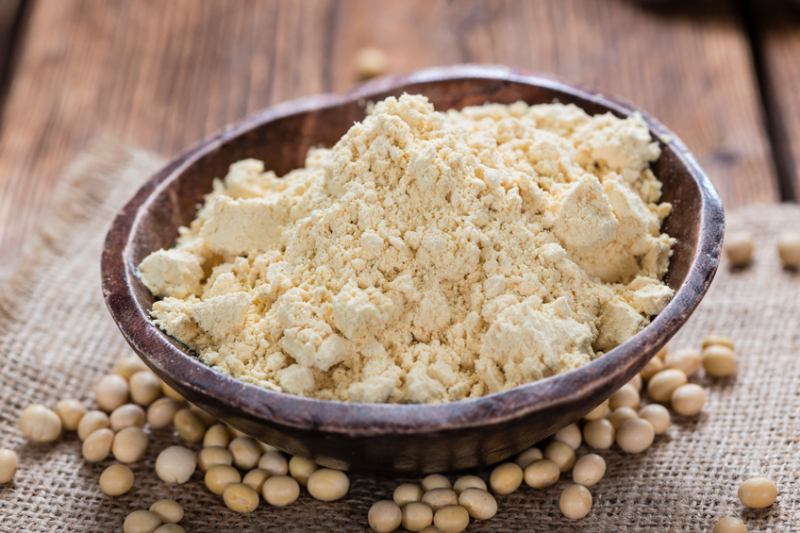
Soy Protein -
Sunflower seed protein powder is a relatively new vegan protein powder option. Sunflower seed protein powder includes roughly 91 calories per quarter-cup (28-gram) serving, 13 grams of protein (depending on the brand), and muscle-building BCAAs.
It's low in the essential amino acid lysine, like other seeds. All other essential amino acids, on the other hand, are abundant in this food. They're high in beneficial plant components, healthy fats, and vitamins and minerals. These nutrients may help to lower your risk of developing common health problems including heart disease and type 2 diabetes. Sunflower seed protein is sometimes mixed with quinoa protein powder, which is a complete protein, to increase lysine levels.
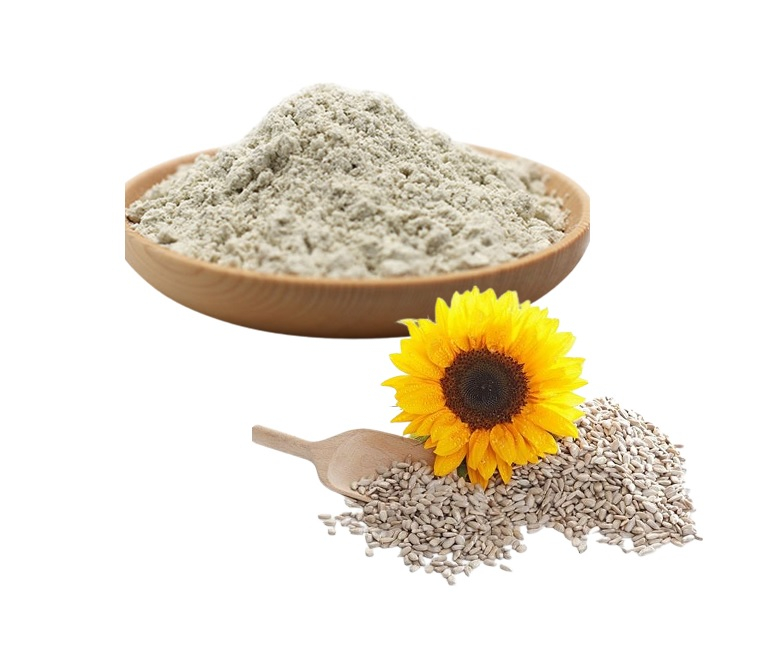
Sunflower Seed Protein 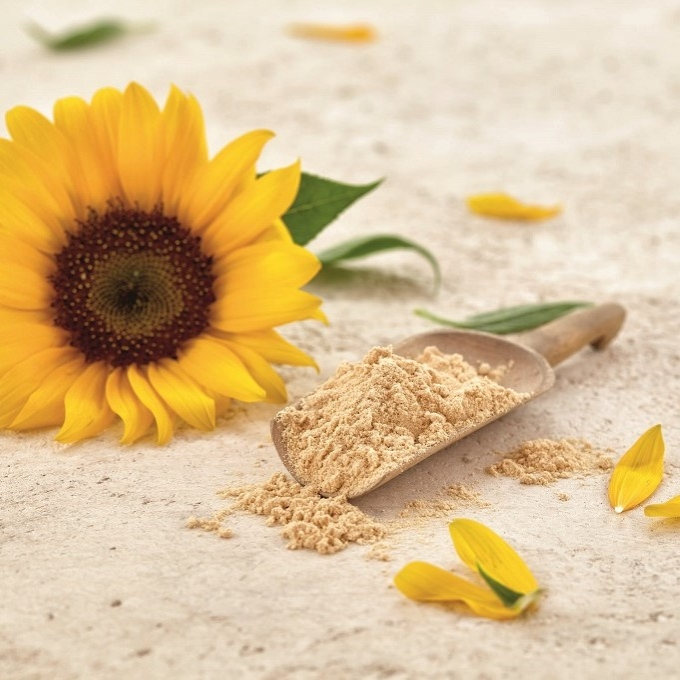
Sunflower Seed Protein -
The star-shaped sacha inchi seed (sometimes known as a nut) is grown in Peru. It is more expensive than common protein powders due to a limited supply.
Depending on the brand, a quarter-cup (28-gram) serving of sacha inchi protein powder has roughly 120 calories and 17 grams of protein. Except for lysine, it's a good source of all important amino acids. A small group of people given 30 grams (1 ounce) of sacha inchi protein powder was as effective as a similar quantity of soy protein powder in promoting protein synthesis in the body. Furthermore, sacha inchi protein is a particularly rich source of arginine, an essential amino acid that your body uses to produce nitric oxide. Nitric oxide causes your arteries to expand, resulting in better blood flow and reduced blood pressure.
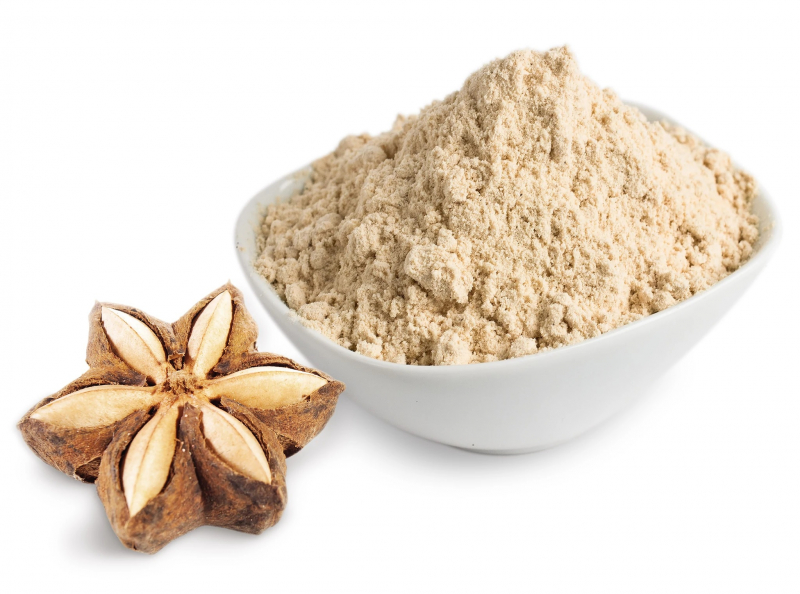
Sacha Inchi Protein 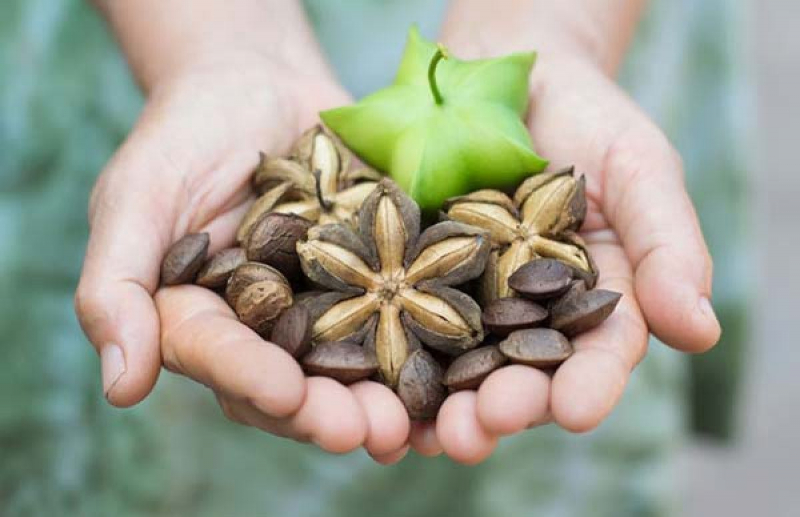
Sacha Inchi Protein -
Chia seeds come from the South American plant Salvia hispanica. They've grown in popularity as a nutritional supplement, including in smoothies, porridges, and baked goods, and can even be made into chia protein powder.
Depending on the brand, a quarter-cup (28-gram) serving of chia protein powder has roughly 50 calories and 10 grams of protein. It's low in the essential amino acid lysine, like other seed-based proteins. Chia seeds in powdered form may be easier to digest. Protein digestibility of the raw seed was just 29% in a test tube study, compared to 80% for chia powder. This means that your body will be able to absorb more amino acids. Chia powder also includes 8 grams of fiber per serving, as well as significant quantities of various vitamins and minerals, such as biotin and chromium.
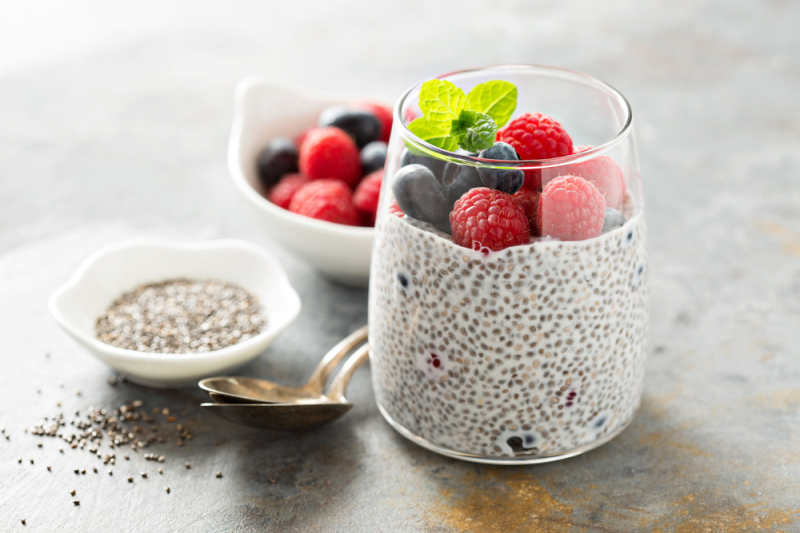
Chia Protein 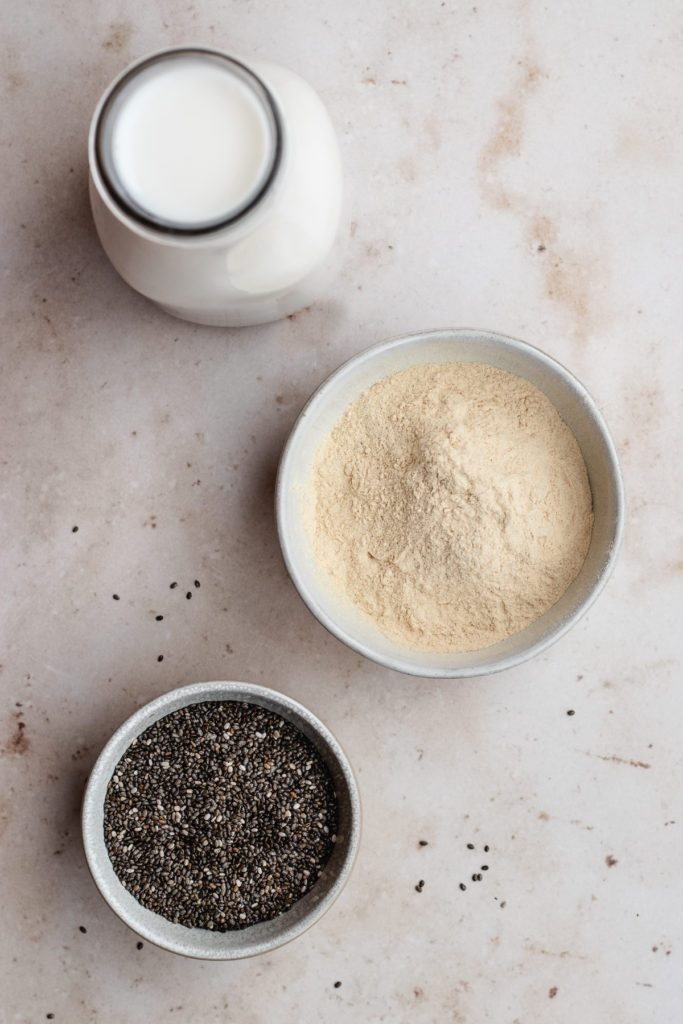
Chia Protein -
Sometimes, different powdered plant proteins are blended and sold as a blend. Flavorings and sweeteners are frequently added to them. Blending plant proteins has the benefit of providing optimal levels of all essential amino acids in a single product.
Pea protein, for example, can be blended with rice protein. The pea protein supplies lysine, in which rice protein is low while rice protein supplies methionine, in which pea protein is low. Quinoa protein is also often mixed with other plant proteins. It’s one of the few complete plant proteins. The use of enzymes to help in digestion, as well as the use of sprouted or fermented plant proteins, are other trends in blended plant protein powders. Beneficial plant compounds, vitamins, and minerals may be increased by sprouting and fermentation. It may also help in the breakdown of antinutrients that can interfere with the absorption of amino acids, minerals and other nutrients.
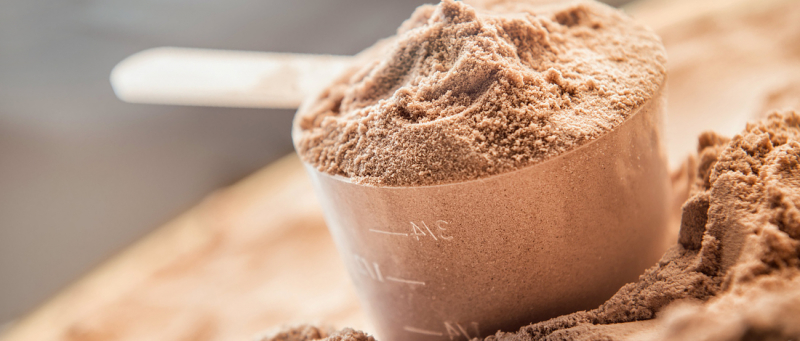
Plant Protein Blends 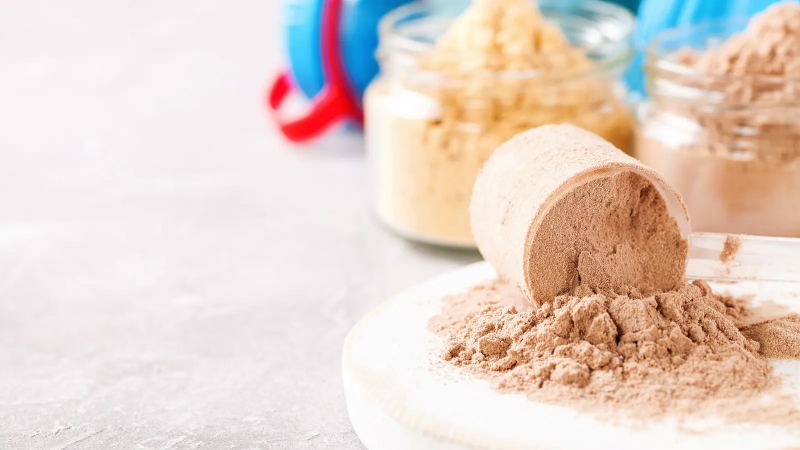
Plant Protein Blends













